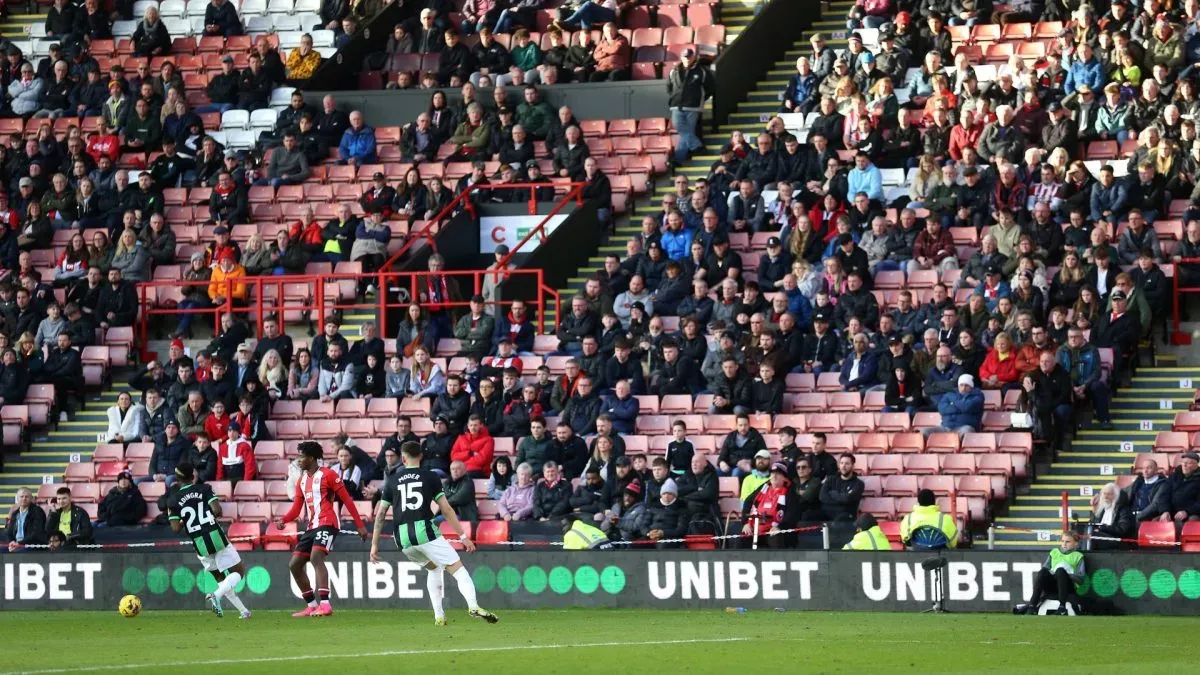Although colloquially known as the beautiful game, soccer has taken a turn over recent years to pull love away from some fans. That comes from several areas that differ from the game that fans often grew up with. Whether that be nuances to the game that have been exacerbated by tactics or actual rule changes and competitions, there is a lack of excitement surrounding soccer that has turned fans away. It makes recent social media trends like Barclaysman all the more enjoyable. Rather than focusing on the modern game, fans turn to nostalgia.
We can attribute this general frustration with soccer to specific entities. FIFA, the Premier League, the USMNT, Video Assistant Referees. The list goes on, and it is different for every fan. Yet, there seem to be common threads between fans as to what makes them the most frustrated. Additionally, some of those go hand-in-hand.
Here are the four ways that soccer burnout has set in for fans and players:
1. International breaks
The September international break is a particularly sour subject for soccer fans. The European soccer season only started two or three weeks before this break, and players dip away for two weeks to play in games that largely bear no weight. Some nations are playing meaningful contests, including World Cup qualifying in South America and Asia. Yet, teams in North America and Europe are playing friendlies or in the Nations League, which is no more than glorified competitive friendlies.
The international break takes all the momentum out of the domestic campaigns which are just getting started. At the same time, it compounds the oversaturation of games. This is not an issue exclusive to international soccer. There is simply too much to go around, and governing bodies are not stopping their rampant expansion of soccer.
Governing bodies contribute to burnout in soccer
2. Oversaturation
Two of the most popular competitions in soccer, the UEFA Champions League and the FIFA World Cup, provide examples of the oversaturation of soccer. The 2024/25 UEFA Champions League features more teams and more games than any other iteration of the tournament before. Each team is playing eight games in the league phase. Then, teams finishing ninth to 24th in the league phase play two additional games. In other words, some teams in the Champions League will play four more games in the competition before the round of 16.
In short, soccer players are getting burned out. That was brought up this week by Thierry Henry when he told US reporters, “I don’t know how those guys do it. As a pundit, I love it. But as an ex-player and coach, it’s too many games. Let’s not only talk physically, let’s talk about mentally and what it does to players.”
Combine that with expanded Supercup competitions in Spain and Italy or multiple domestic cups in England as well as the proposed FIFA Club World Cup, there is no way to maximize excitement for games. Attendance is low at Carabao Cup games because these midweek fixtures do not fit the schedules of fans. They are not willing to go out of their way to watch games that pale in comparison to the Premier League or even the FA Cup.
3. Exorbitant ticket prices
On that note, ticket prices have become exorbitant for average fans. Comparatively speaking, ticket prices in the Premier League and the rest of the European leagues are lower compared to the United States. Still, average Premier League ticket prices are not as cheap as they once were. With so many games as well, fans cannot afford to watch fixtures live.

The overplaying of games at both club and international levels leads to injuries, which leads to more issues for players and fans. Martin Odegaard was playing in one of those largely insignificant UEFA Nations League games. An injury ruled him out for almost a month, which puts Arsenal’s title challenge under early threat.
Issues within the game itself
4. Tedious and lengthy VAR decisions
When watching soccer, fans have regularly become frustrated with how it plays out. The drive for perfection has helped bring about its downfall. VAR has several benefits. It cleans up the game and prevents overtly wrong decisions from officials. However, it has become such a regular occurrence that it takes all excitement out of the game. Lengthy reviews for the slightest of handballs or offside decisions take fans out of the game. It would be one thing if these VAR reviews were perfect every time. Yet, they often leave more questions than answers for decisions because of their inconsistency.
Likewise, officiating has become arguably too stringent. Players can be offside because their shoe size is bigger than a defender. By the rules of the game, an attacker can be offside by a toe. Regardless, that toe does not provide the advantage that the offside rule is there to defend against. If fans want scoring, players should not be punished for marginal and insignificant measures.
PHOTOS: IMAGO














